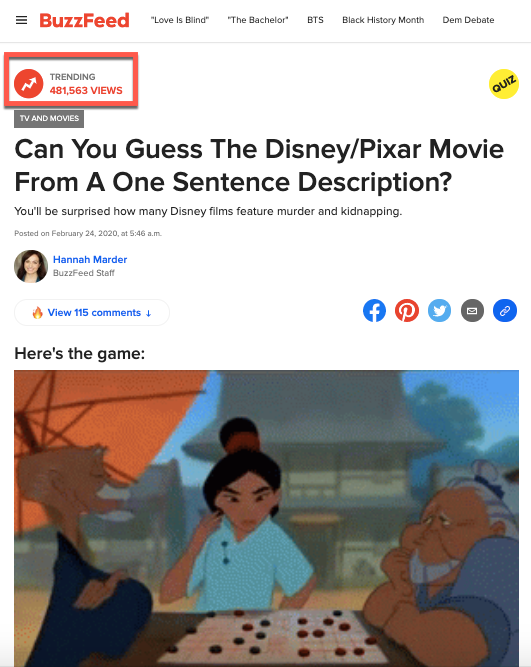
For a few years now, a statistic has been floating around that the average person’s attention span is shorter than that of a goldfish, which is about eight to nine seconds. But is really our attention span in decline considering so many of us have no trouble binge-watching a TV series on Netflix for six hours in a row?
Research from Prezi recently debunked the goldfish attention span myth, revealing that our ability to maintain our focus on content is in fact improving over time. In a world of content overload, we’ve simply become more selective about the content we choose to devote our attention to.
In other words, your audience is pickier than ever when it comes to deciding what content to pay attention to and what to ignore.
Fortunately, there’s one type of content that can help you cut through the noise, garner more interactions and engagement, and it’s called interactive content. It’s so effective that, if done well, it can boost conversions 70% of the time, compared to just 36% for passive content.
In this post we’ll explain what interactive content is and share some tips on how to transform your content into an interactive and engaging experience for your audience.
What is interactive content?
While blog posts, landing pages and ebooks are considered static or passive content, interactive content requires the audience to actively engage with your content, whether it’s by swiping, tapping, clicking, ticking a box, commenting or answering a question.
So, unlike passive content that drives the story for the user, interactive content encourages interactions that keep them actively involved in the story your brand is telling.
A simple example of interactive content is any quiz on BuzzFeed.
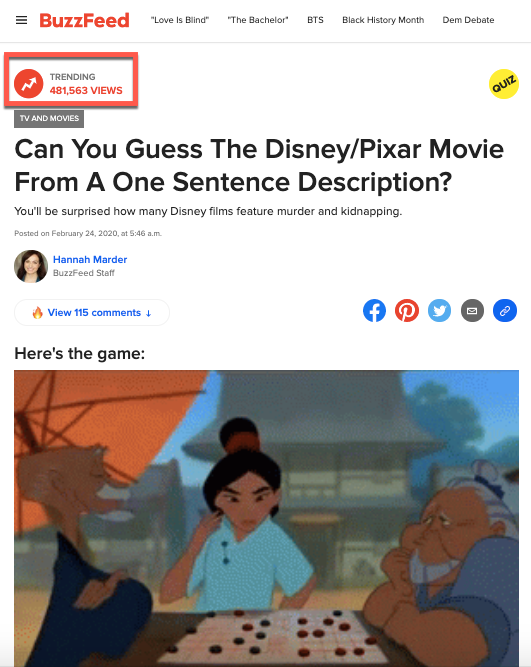
Other types of interactive content include:
- Polls, questionnaires and surveys
- Assessments
- Mobile apps and games
- Calculators
- Infographics
- Graphs and charts
- Contests
How to use it to engage your audience
Excited to experiment with these types of content to engage your audience? Following are a few tips on how to transform your content into a fun, interactive experience.
Create a short quiz to help prospects find the right products to buy from you
People love taking quizzes online. If you need some proof, just look at the number of views for the quizzes on BuzzFeed. And did you know that 96% of the users who start a BuzzFeed quiz finish it?
Quizzes usually take a few minutes to complete and they’re a fun way to take a break from work or from reading through all your content.
They’re also an effective way to help your potential customers make the best decision when it comes to the product or service that best suits their needs.
Here’s a good example from Libro.fm on how easily you can do that:
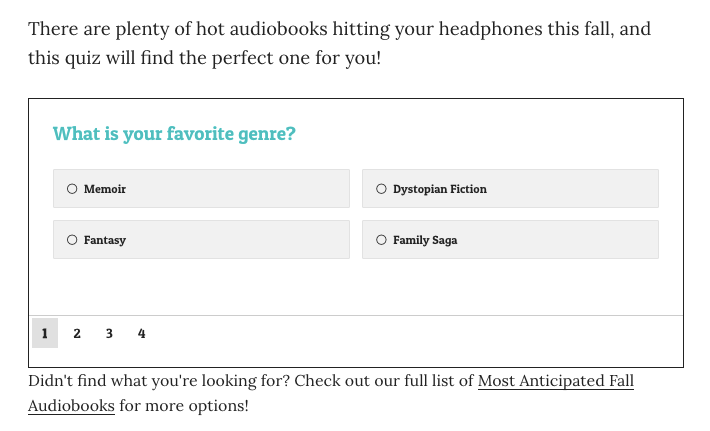
The great thing about these types of quizzes is that they’re not only short and engaging but can also provide you with some useful insights.
You can learn whether your audience is interested in a particular topic, product or service depending on how many interact with it. Then you can use that information to further educate them on that topic or other aspects of your business, depending on their response.
Use polls to get to know your audience better
The key to becoming a successful business is taking the time to get to know the people you’re trying to reach. The more you know about your target audience’s interests and preferences, the better you can sell to them.
So if there’s something in particular that you’d like to learn about your prospects and customers, why not ask them directly?
For example, if you sell handmade candles and are considering adding two or three new scents to your collection but aren’t sure whether they’ll be well-received, simply create a poll and ask your audience to vote on their favourite ones.
Here’s another example from a coffee shop that wants to learn what their customers value most between quality and service:
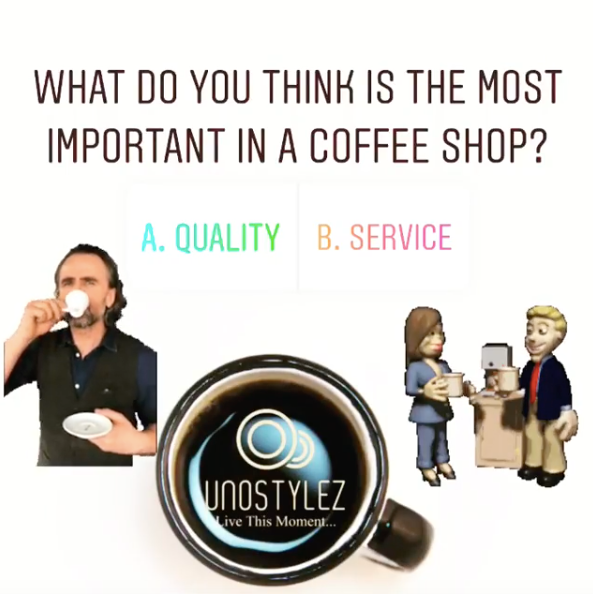
Send email surveys to ask for honest feedback
Many businesses mistakenly assume that silence or the absence of feedback is a sign of satisfaction, and then they’re left wondering why they lose so many customers. That’s why it’s so important to proactively seek feedback from customers.
You can do that by sending an email survey to your customers where you ask them about their experience with your business, and what you can do better.
Now, before you create your survey, make sure you’re clear on what you’d like to find out and how you’re going to use that information to improve your business.
For example, you may want to know if they had any issues placing an order on your site or whether their interaction with your customer support was helpful and pleasant.
Whatever your goals are, knowing what the results are going to be used for will make it much easier to put together a survey that will give you the answers you’re looking for.
In this post you’ll find lots more tips and advice on how to use surveys to get valuable feedback from your customers.
Educate your target audience using interactive charts and infographics
Want to boost sales? Then you need to make it a priority to educate your audience. When you provide valuable information that can help them to make better decisions, they’ll come to trust that you have their best interest at heart and thus feel more confident buying from you.
So how can you educate your audience using interactive content? Pick a topic that your audience is interested in and present those statistics, tips and information in an interactive chart or infographic. It makes it much easier to scan through and digest.
For example, if you’re a nutritionist, you can create an interactive infographic where you reveal how many calories are in the most popular cocktails.
Boost sales with online calculators
Online calculators don’t just work well for banks but for other types of businesses as well. Whether you’re a constructor or a car insurance company, you can add an online calculator to your site to give prospects an idea of what it would cost to do business with you.
Here’s an example:
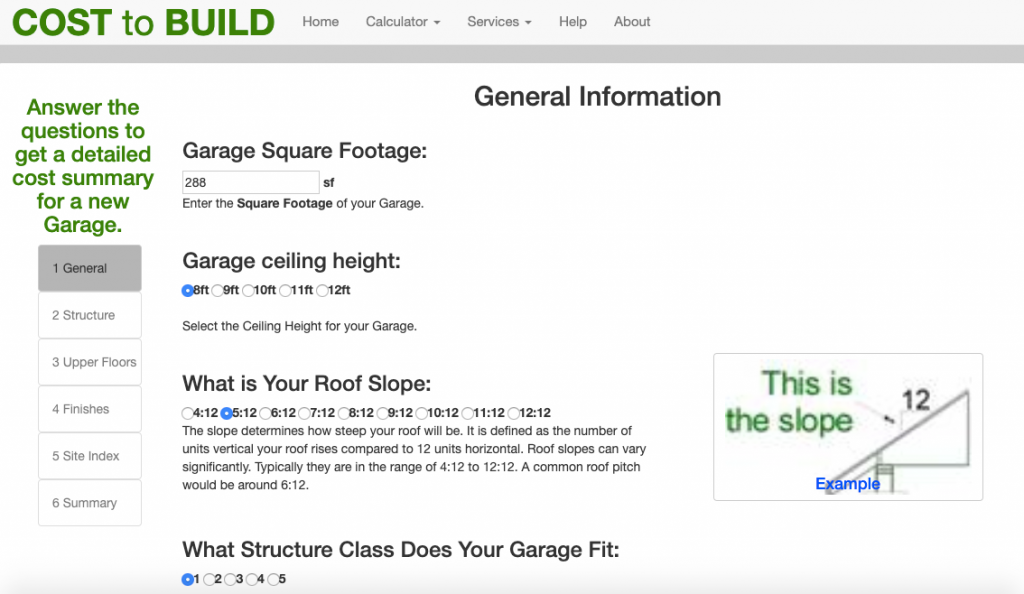
Wrapping up
And there you have it: interactive content in a nutshell.
While we shared some of the most popular types of interactive content you can use, you’ll need to test them out and see which ones work best for your type of business and audience.
The most important thing is that you create content that’s not only relevant to your customers and prospects but also interesting and engaging enough to cut through the noise.

